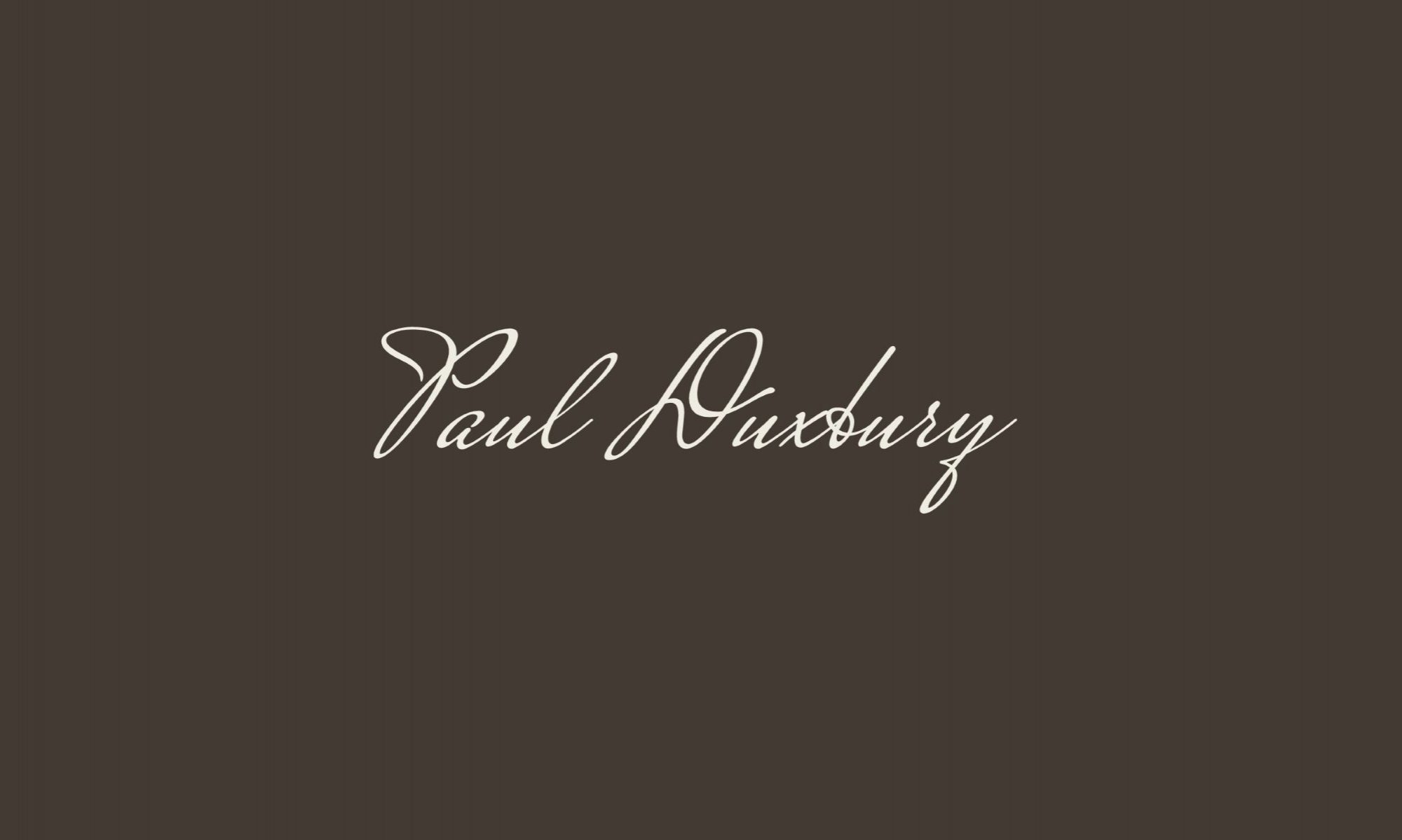In a meeting the other day the comment was made that “50 is the new 30!” which was a reflection perhaps of how in the space of no more than a couple of generations what we expect of ourselves has definitely changed. If I think back to my own parents at my age then they certainly approached life in a very different way to how we find ourselves behaving, dressing and indeed working today.
That set me reflecting on some of the discussions with “mature” people I have had recently. Some of them also talked about how in the face of the seemingly relentless change they have felt a loss of confidence at times leading some to feel like an “imposter.” I have written about the imposter syndrome before (see here) but in this post I want to look at how, as we contend with the world which expects more of us, we can retain or re-discover our confidence.
In the glossy magazines and on websites we are told that we can do it all and have it all. That can seem quite daunting if you are at a stage in your life where you are struggling with being confident. The reality is that everything is a balancing act, and the best way to stay happy and confident is to make a list of priorities and stick to it.
Who Are You?
When it comes to prioritising, you need to know who you are and what you want in life. With a purpose-driven life, you are in control, setting your goals and taking action to achievement.
There are only so many hours in the day, with one-third supposed to be reserved for sleep, and one-third of your weekdays (usually) reserved for work. However, as a partner, community activist or caregiver to elderly parents or relatives, the work day increases and the sleep often decreases. It can seem almost impossible to find “me time” in which you can relax, de-stress, and work on self-improvement.
Good Self-Care
The truth is that the happier you try to make others, the unhappier you will usually be yourself. You will never be able to take care of others well unless you first take care of yourself and ensure as many of your real needs as possible are met. These include food, rest, money to pay the bills, supportive relationships and so on.
Good self-care is empowering and will boost confidence. You won’t feel as if you are running on an empty fuel tank all the time. Instead, you can give all your important tasks your best effort. You might even have time to take classes online, learn new skills, and more.
Lifelong Learning
You are never too old to learn. Gaining new skills can increase your self-esteem. They might even help you get that promotion or raise you’ve been longing for.
Surrounding Yourself with Positive People
Positive people exude positive energy. You can tell who they are because you feel good whenever they walk into the room. Spend more time with them, and try to become more positive yourself, so you can network with like-minded people.
Do Self-Confidence Exercises throughout the Day
Start in the morning by telling yourself you are going to have a great day. Try a “power pose” in front of the mirror, stretching your arms and leg out as widely as possible until you feel like you are filling the room. Don’t be “small” or think small.
Work physical activity into your day for at least a few minutes at a time. A 10-minute workout session four times per day is just as effective as one 40-minute session, and exercise boosts your energy as well.
Come up with affirmations, positive statements that fill you with energy, such as “feel your power,” “You can do it,” and so on.
At the end of the day, journal about your successes, and what you can do even better tomorrow. Again I have written about the benefits of reflective journals elsewhere (see here.)
Cross Items Off Your Bucket List
Regularly do things you’ve always wanted to do. They will get you out of your comfort zone and increase your self-esteem.
Follow these tips to increase both your confidence and self-belief.
